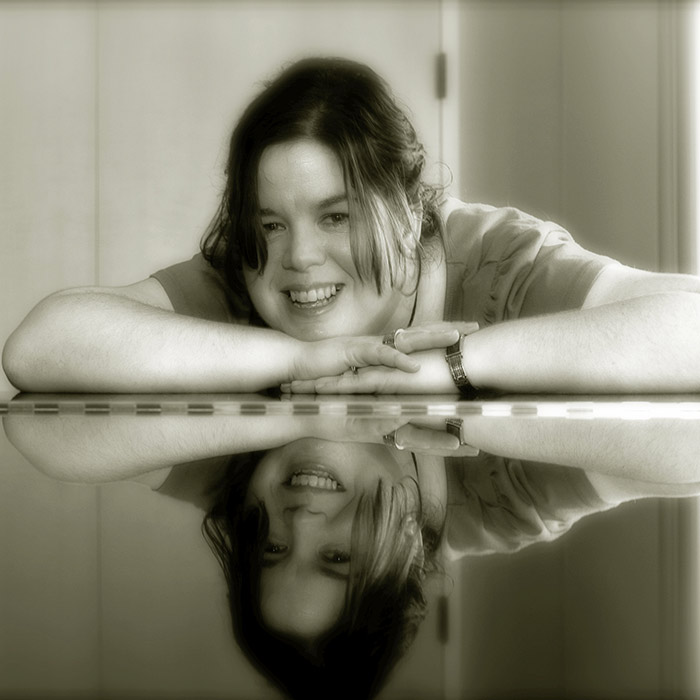
A composer who requires members of an ensemble to stomp their feet march-style while playing probably has interesting stories to tell.
Meet tunesmith Dorothy Gates, whose Trombone Concerto was commissioned by the River Oaks Chamber Orchestra at the suggestion of principal trombonist Thomas Hultén. The work, ROCO’s 53rd world premiere commission, is based on the life and literary work of the late Dag Hammarskjold, UN Secretary General from 1953 to 1961.
Ahead of the April 9 performance at The Church of St. John the Divine, we chatted with Dorothy about trombone idiosyncrasies, composing on the go and pushing the limitations of musicians.
Q: As music editor for The Salvation Army’s Eastern Territory in New York, what exactly do you do? What occupies your time?
A: I edit manuscripts for publication. We publish instrumental and vocal music for our church services. What occupies my time the most is checking harmonic structure and harmonic spelling to ensure what we publish is musically “correct.”
Q: How is writing for trombone different than any other orchestral instrument?
A: The trombone is just an instrument like any other, with its own set of idiosyncrasies. In composition, I think it is important to know the strengths and limitations of every instrument, and then write to its strength, while maybe trying to push the limitations a little.
One fun aspect of writing for the trombone as opposed to any other orchestral instrument is that you don’t really have to be concerned with balance between the soloist and accompaniment. The trombone will always be heard. This is very liberating when it comes to decision making regarding scoring.
Q: When you begin to compose a commission, what are the first things you consider?
A: Who is the commission for? What is the brief I have been given regarding the commission? How can I make a connection between the music, the performer and the audience? What do I really want to say? What is the instrumentation? And how can I stretch myself as a composer?
Q: Do you compose at the piano? With your trombone? On a computer? Or old fashioned paper and manuscript?
A: Composition for me starts internally and then manifests itself in a combination of ways — pencil and paper, piano and the computer. So that means I sketch at lot away from the piano, at the piano and even in the computer I sketch scoring ideas. I carry a small Moleskine with manuscript paper and a tiny pencil case in my purse.
Q: What’s the most interesting, peculiar and/or bizarre musical marking you’ve written on a score?
A: “Allegro marciale — every player should stomp their feet, like they aremarching, from b.290 to the end of the piece even when resting. Use the dynamics on your part.”
This was for a piece called “Faith.”
Q: Any listening tips for the piece you’ve written for ROCO?
A: Each movement starts with the same progression. It spells out Dag Hammarskjold’s first name melodically and harmonically. If you listen carefully, you may even hear him throughout the work too!
___
The River Oaks Chamber Orchestra presents “Sliding Into Home” on April 9 at The Church of St. John the Divine.Tickets are $35 general admission, $25 seniors and $15 students, and may be purchased online or by calling 713-665-2700.

Leave A Reply